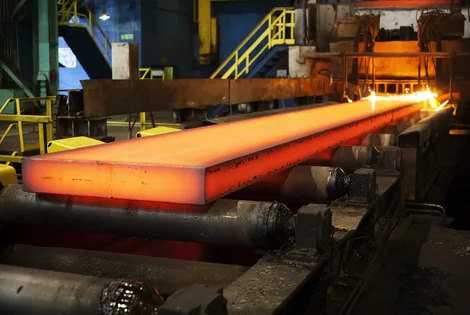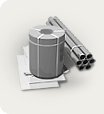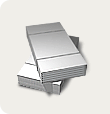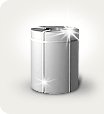The Houston-based company says the dusty gray regolith scattered across the lunar surface is valuable. Lunar Resources is developing a technology for extracting iron, aluminium, magnesium and silicon from the surface layer of loose lunar soil.
The materials obtained by space metallurgists, according to the developers' intention, will be used for the production of finished products on the Moon.
“All of these valuable metals are on the moon, they are easy to get,” says Elliot Carol, chief executive officer of Lunar Resources.
Carol is not your typical space company CEO. He has a background as a hedge fund manager and only started working in the space industry within the last five years. According to him, the possibility of industrialization of the lunar surface was too tempting to ignore.
All this may seem fantastic, but money and working technologies are behind this idea. In addition to the private capital raised to date, the National Science Foundation and NASA have provided the company with about $3 million in funding to develop a prototype reactor that can be sent to the Moon for demonstration tests. Carol promises that this demonstration reactor will be ready for launch in 2024.
The metal extraction technology is based on the electrolysis of molten regolith, in which lunar soil is heated to 1,600 degrees Celsius, melted, and then electrically separated to extract oxygen and metals such as iron and silicon. Although the composition varies by location, lunar soil is about 40–45 percent oxygen, 20 percent silicon, and 10 percent aluminum, with smaller amounts of iron and titanium.
In the long term, the company plans to produce metals and use them to produce energy systems on the Moon. All materials for the production of silicon solar cells, transmission cables, energy storage devices and much more to provide energy to lunar settlements during the 14-day lunar night are here.
“This is what America must do to remain a leader in space,” says Carol. "Resource extraction is essential for the United States to establish a permanent presence on the Moon."
Initially, the company's reactor will have a diameter and height of about 1 meter and will process lunar regolith delivered by a small rover. The goal is to process up to 100 kg of lunar regolith within 24 hours.
Lunar Resources is in talks with NASA to fly to the moon as part of one of the Commercial Lunar Payload Services missions. This demonstrator would be a fairly large payload for such a mission, about half a metric ton.
“The problem with industrial technology demonstrations is that they are heavier than scientific payloads,” Carol said.
American company plans to smelt the first steel on the Moon in 2024

|
|
Azovpromstal® 22 January 2022 г. 12:34 |





